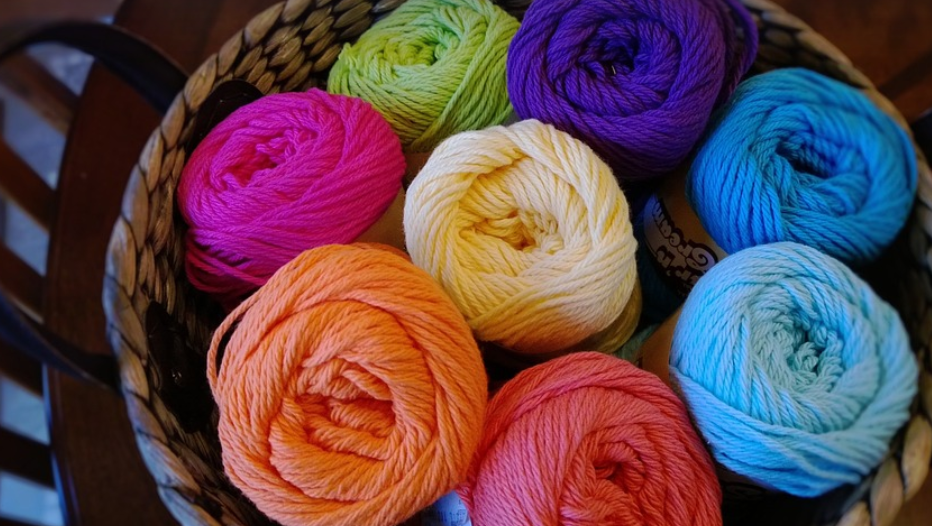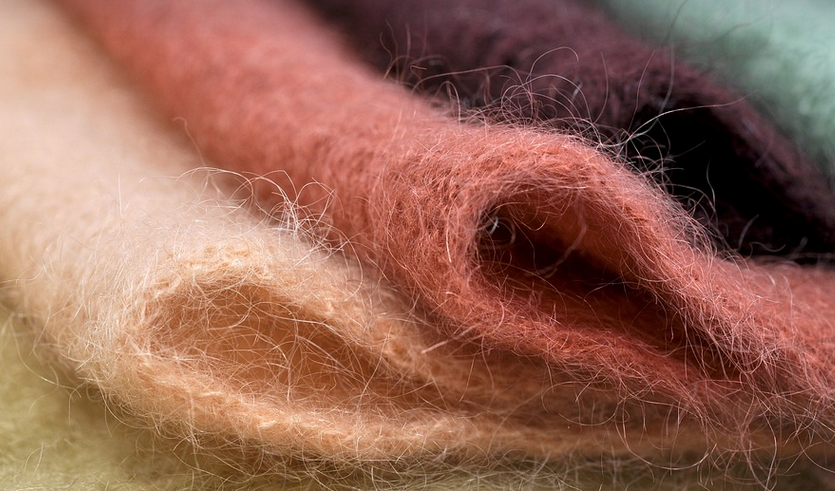
Unmasking the Mystery of MSG in Stuffing
You know that classic comfort food, stovetop stuffing. That warm, cheesy, bread-based dish that fills your home and satisfies your soul. But sometimes you find yourself wondering: is there a little extra something in this seemingly ordinary recipe? Is it hiding a secret ingredient – the mysterious MSG? Let’s dive into the world of stuffing and uncover the truth about MSG.
MSG, or monosodium glutamate, is an umami-boosting flavor enhancer that has been both praised and criticized throughout its history. It’s often used in Chinese cuisine to enhance savory flavors, but it also finds itself in a surprising number of everyday dishes – from pizza to soups to even some processed cheeses. For many people, the taste of MSG can be quite noticeable.
Now, let’s talk about stuffing. It is a traditional dish that has been enjoyed for generations, and its versatility makes it a beloved comfort food across various cultures. While ingredients vary by region and family recipe, there’s one thing that often remains constant: the savory, comforting flavors of chicken broth, herbs, and spices.
But does this classic stuffing rely on MSG to achieve its signature depth and richness? Well, it depends. Some recipes do add it, while others don’t. Let’s break down why
The Science Behind MSG: Why Add It To Food?
MSG is a naturally occurring amino acid that our body can process effectively. When consumed, it triggers certain receptors in our taste buds that make them fire up and send signals to the brain, creating a sensation of umami – that savory “meatiness” you associate with cooked chicken or mushrooms. This extra dimension of flavor enhances the depth and richness of your meal.
Think about a bowl of ramen. The broth itself often has a slight salty, cheesy taste due to MSG. It’s a perfect example of how MSG can subtly enhance flavors in food without being overpowering. In fact, many argue that MSG is a key ingredient when it comes to creating authentic Chinese-inspired ingredients like oyster sauce or soy sauce.
In the case of stuffing, MSG might be added for the same reason – to add umami and boost those savory flavors. It’s not unusual to find it in family recipes passed down through generations, as well as commercial stuffing mixes.
The Debate: Is MSG Really Necessary?
But let’s talk about the other side of this coin. Some people are very sensitive to MSG and experience noticeable headaches or even a tingling sensation after consuming it. There’s an ongoing debate about whether or not MSG is truly necessary in food, especially when it comes to dishes like stuffing.
Advocates for MSG argue that it’s an effective way to boost the flavor of a dish without relying on more expensive ingredients. The argument is often based on its ability to enhance the overall savory experience by creating a fuller and richer taste profile.
The Verdict: Understanding Your Preference
Ultimately, whether or not you want to add MSG to your stuffing is entirely up to you! It’s important to understand that there’s no one-size-fits-all answer. If you find that a little extra umami really elevates the flavor profile of your stuffing, then go for it! Just be sure to start with small amounts to see how your palate reacts.
On the other hand, if you’re looking for a simpler, less chemical-heavy approach to achieving delicious and satisfying stuffing, stick with natural ingredients like broth, herbs, and spices. Your taste buds will thank you!






